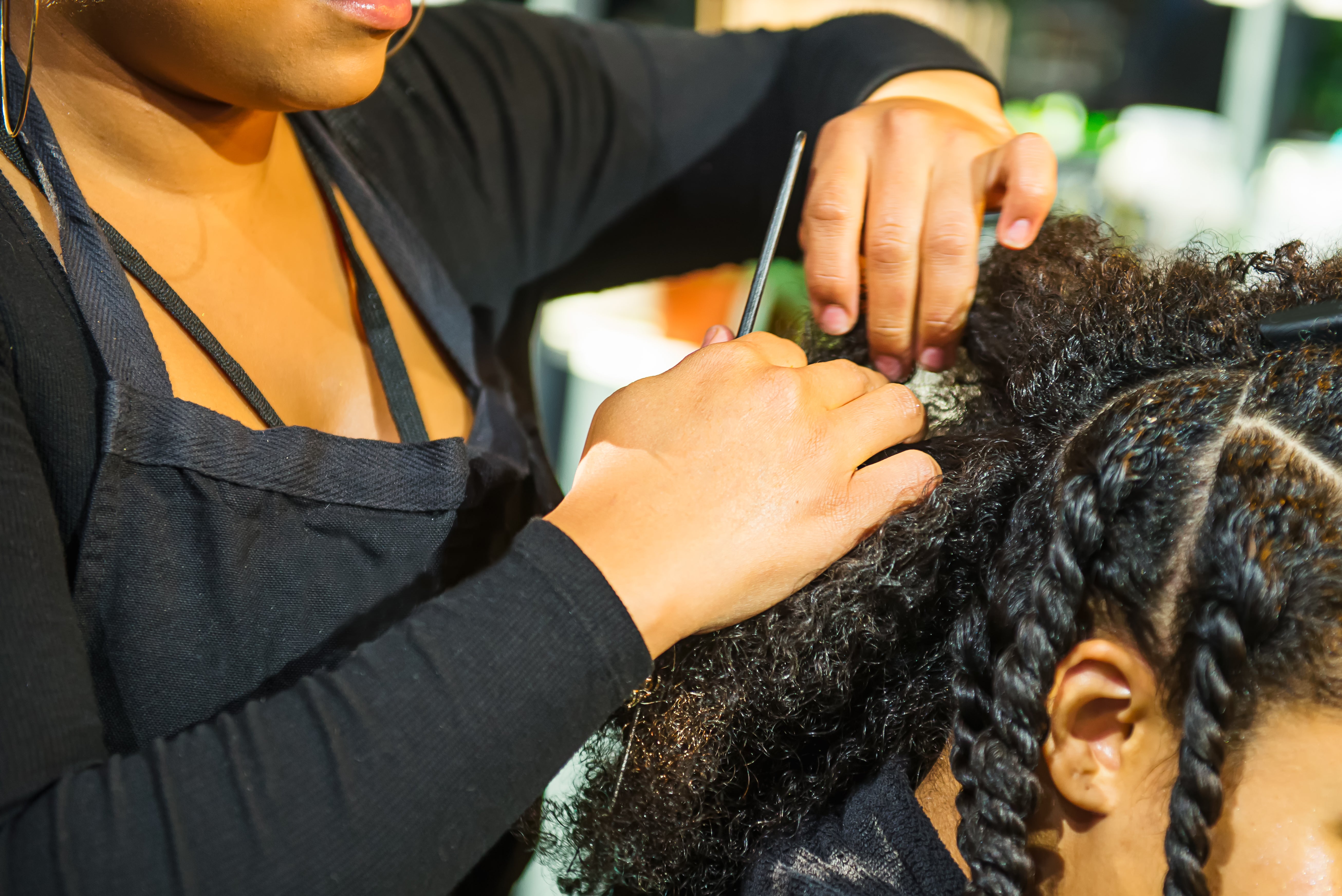UK hairdressers must learn to cut and style Afro hair, say new beauty regulations
New regulations will ‘meet the needs of the UK’s diverse community in one standard’

Your support helps us to tell the story
From reproductive rights to climate change to Big Tech, The Independent is on the ground when the story is developing. Whether it's investigating the financials of Elon Musk's pro-Trump PAC or producing our latest documentary, 'The A Word', which shines a light on the American women fighting for reproductive rights, we know how important it is to parse out the facts from the messaging.
At such a critical moment in US history, we need reporters on the ground. Your donation allows us to keep sending journalists to speak to both sides of the story.
The Independent is trusted by Americans across the entire political spectrum. And unlike many other quality news outlets, we choose not to lock Americans out of our reporting and analysis with paywalls. We believe quality journalism should be available to everyone, paid for by those who can afford it.
Your support makes all the difference.It will be now be compulsory for all UK hairdressers to learn how to cut and style afro and textured hair in a long-awaited update to hairdressing regulations.
In a recent review of the National Occupational Standards (NOS) for hairdressing, it was found that many qualifications did not require students to learn how to cut and style afro and textured hair, resulting in a major gap in professional expertise for this demographic.
Now, new NOS guidelines published in June have been updated to cater for those with afro and textured hair, thanks to campaigning from the British Beauty Council.
In 2019, it set up a taskforce with the Hair & Beauty Industry Authority (Habia) to push for a revised NOS, which outlines practice standards for hairdressers across the UK.
The update to the NOS guidelines, however, has been a long time coming. In 2017, a study by Habia revealed that there were 35,704 beauty salons in the UK, but only 302 Afro-Caribbean salons.
Radio 1 DJ Clara Amfo spoke out about the issue in an Instagram post that same year after the Selfridges’ Braid Bar invited her in for a free hairstyling session despite the fact that it had very little representation of black women with afros or textured hair on their social media platforms.
“Whilst I’m flattered that the Braid bar love my style, I couldn’t help but slow eye roll and LOL at the naive audacity of this offer,” Amfo wrote in the post.
“When I looked on this account 90 per cent of the images are of white women with European hair, Women like me are NOT represented here,” she continued before going on to accuse the brand of cultural appropriation.
“To explain further the Braid bar general creative aesthetic is clearly influenced by popular R&B, Hip Hop and Dancehall culture, which originates from black women....yet there are barely any black women, particularly with hair texture like mine on their page.”
The company subsequently issued an apology to Amfo after having met with her personally to discuss the issue at length.
Commenting on the new standards, Helena Grzesk, chief operating officer at The British Beauty Council said she is pleased that NOS for hairdressing will finally be more inclusive.
She said: “We share Habia’s belief that the hair and beauty industry can and should be truly inclusive, but until now, tens of thousands of hairdressers have no qualifications in cutting and styling afro and textured hair.
“We have supported the industry and Habia, ever since we launched in 2018, for the standards to reflect and represent the diverse range of hair types and textures of clients across the hair and beauty sector.
“Our aim is to amplify and celebrate the voices of all the communities the industry serves to ensure each and every one of us feels seen, heard, valued and excited to engage with the beauty industry. We are naturally delighted that the new standards have now been approved.”
Join our commenting forum
Join thought-provoking conversations, follow other Independent readers and see their replies
Comments